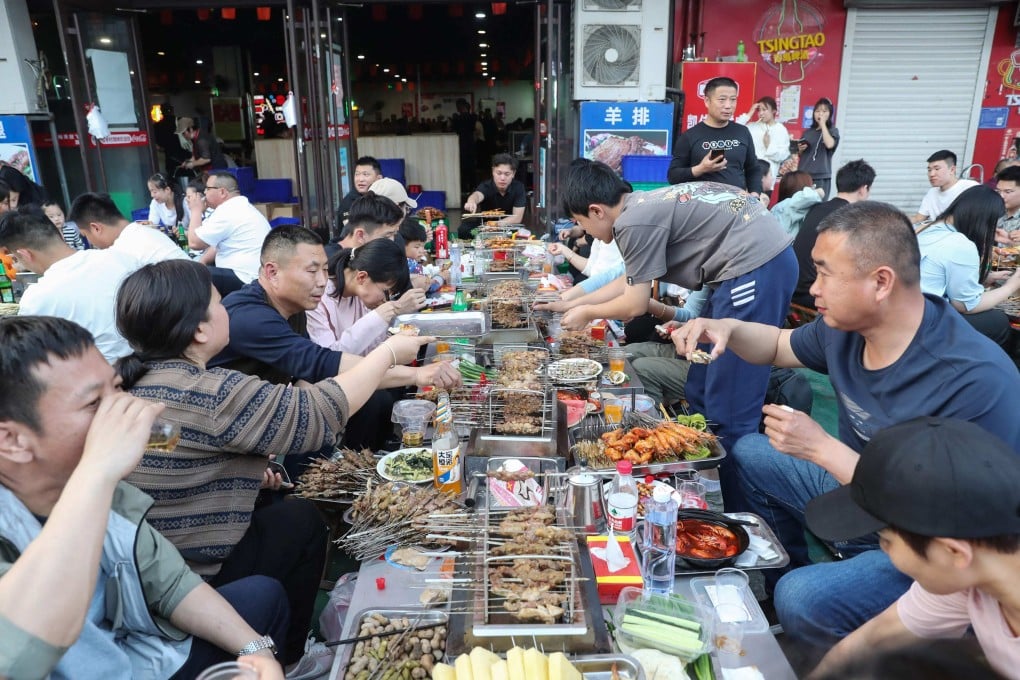Advertisement
Opinion | China’s latest consumption trends show lingering weakness in spending, months after Beijing lifted rigid zero-Covid-19 controls
- Measures that allowed more kerbside barbecue stalls to operate across China have provided little value to the national economy
- The fundamental way to improve consumer spending on the mainland is to increase people’s income and lift their confidence
Reading Time:3 minutes
Why you can trust SCMP
10

The most sought-after consumer item in Shanghai at present is said to be a loaf of white bread from a particular Japanese bakery, while the hottest tourist destination in eastern Shandong province is an industrial town called Zibo that is now known as the nation’s “outdoor barbecue capital”.
In terms of travel fads, young Chinese now prefer to cram a typical weeklong itinerary into 48 hours as a means to minimise hotel stay and dining in restaurants.
Those are just a few examples of new consumption trends that emerged in mainland China after the country reopened from draconian Covid-19 controls. On the surface, such trends appear to show a recovery in consumer spending.
Advertisement
Look closer and these really show damaged consumer confidence and spending power in China. The situation conveys how certain types of affordable consumer goods tend to do better in an economic downturn, according to an economic theory known as the “lipstick effect”.
Zibo’s kerbside, open-air barbecue stalls, for example, offer consumers a cheap alternative to dining in typical restaurants.
Advertisement
Advertisement
Select Voice
Choose your listening speed
Get through articles 2x faster
1.25x
250 WPM
Slow
Average
Fast
1.25x

